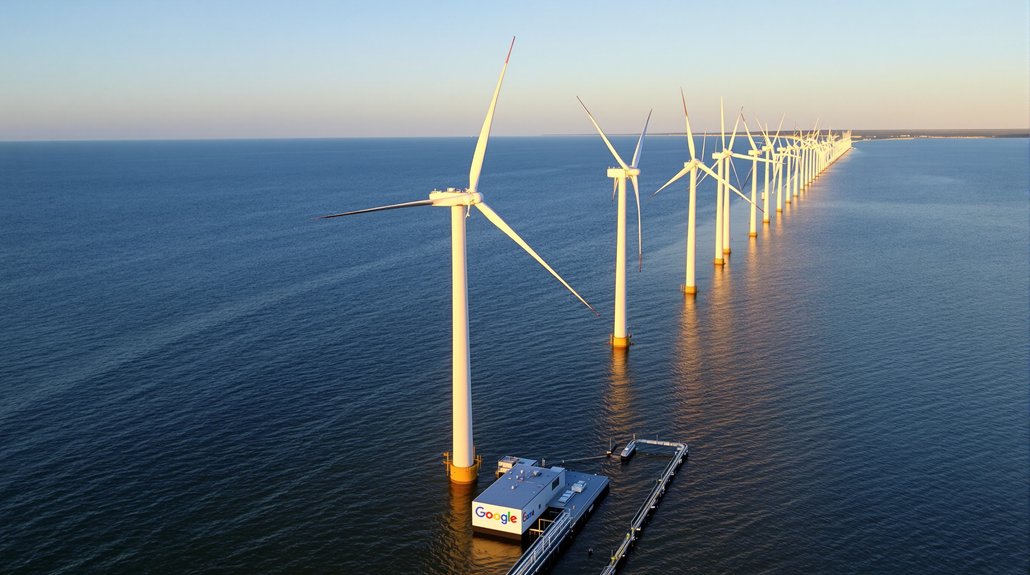Floating solar farms are exploding onto the renewable energy scene. These water-based installations generate up to 15% more electricity than land systems, thanks to water’s cooling effect. They’re not just power plants—they reduce evaporation by 70% in reservoirs too. Yeah, they cost more upfront, but with 4,000 GW potential on just 10% of global reservoirs, they’re no drop in the bucket. The rising tide of floatovoltaics might just power our future.
While conventional solar panels have traditionally been confined to land, a revolution is quietly unfolding on water bodies around the globe. These floating solar farms—also called floatovoltaics—are transforming unused water surfaces into powerhouses of renewable energy. The concept is simple: mount solar panels on floating platforms and place them on reservoirs, lakes, or industrial ponds. No rocket science here, just smart engineering.
The numbers don’t lie. Floating solar has exploded from a mere 3 GW capacity in 2020 to a whopping 13 GW by 2022. That’s growth you can’t ignore. And the potential? Massive. The World Bank estimates we could generate 4,000 GW by using just 10% of reservoir surfaces worldwide. China’s already leading the charge with the world’s largest installation at 320 MW. Not surprising.
These water-bound panels aren’t just a novelty—they’re actually better performers. Thanks to the cooling effect of water, they generate up to 15% more electricity than their land-based cousins. They reduce evaporation too, saving precious water in reservoirs by up to 70%. Two birds, one stone.
Floating solar: cooler panels, better output, less evaporation. Water-based efficiency that delivers double benefits.
The market’s projected to hit $27.7 billion by 2030. That’s serious cash. But it’s not all sunshine and rainbows. These systems cost 10-25% more to install than ground-mounted arrays. They face unique challenges—corrosion, anchoring issues, and complex underwater cabling. Plus, nobody’s entirely sure how they’ll affect aquatic ecosystems long-term. Projects like New Jersey’s 8.9 MW installation by NJR Clean Energy Ventures represent the largest floatovoltaic farm in North America. The panels can rise with water levels, providing flood protection during severe weather events.
Still, in places where land comes at a premium, floating solar makes perfect sense. Particularly in Asia, where over 60 countries now have projects up and running. Scientists are already working on saltwater-resistant systems and hybrid technologies that combine solar with fish farming. The innovations in bifacial panels are particularly promising for floating installations, capturing reflected light from water surfaces.
The future looks bright—and wet. As technology improves and costs drop, expect to see more solar panels bobbing on water surfaces worldwide. It’s not the silver bullet for our energy problems, but it’s certainly making waves in the right direction.








